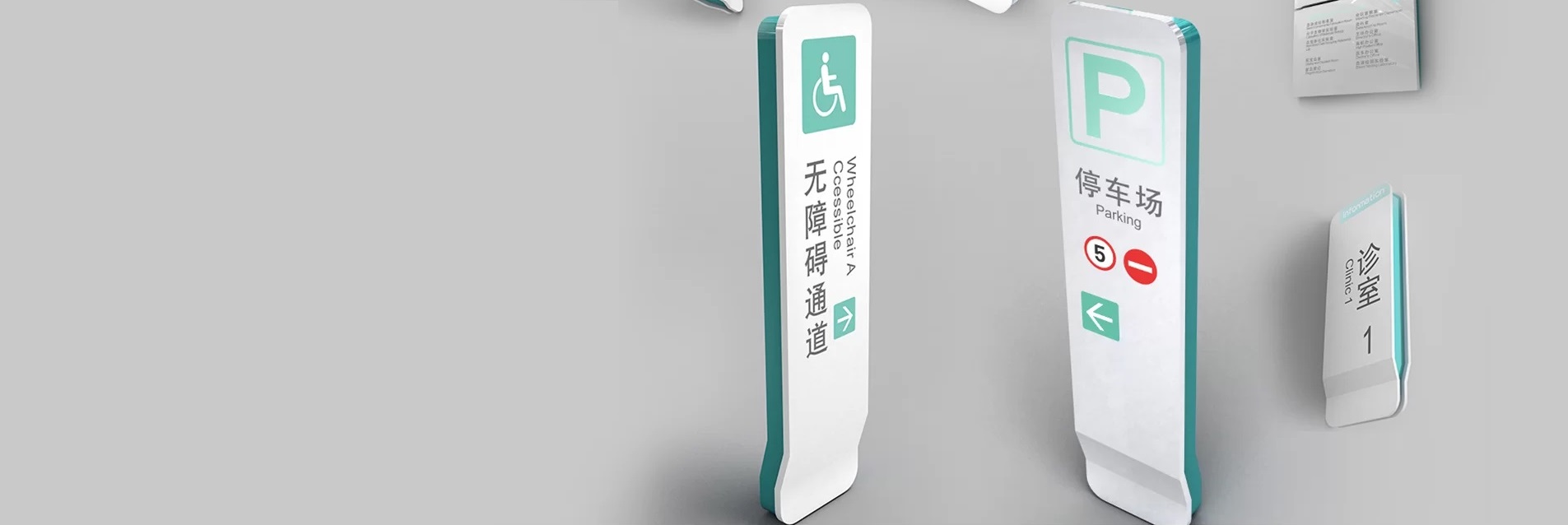## Understanding Hospital Wayfinding Signage Hospital wayfinding signage is essential in guiding patients, visitors, and healthcare staff through complex healthcare environments. Its effectiveness depends on a blend of thoughtful design, advanced technology, and precise execution. ### Key Components At its core, hospital wayfinding signage consists of several key components: directional signs, informational signs, and digital displays. Directional signs are strategically placed to point to critical areas, such as emergency rooms, outpatient services, and restrooms. Informational signs provide essential details, including visiting hours or department locations, while digital displays often serve as real-time information sources showing wait times, events, or important announcements. ### Working Mechanisms Wayfinding signage integrates several features that enhance navigation within the hospital. In many settings, these signs are designed using modular systems, allowing easy updates as departments change or new facilities are added. This modularity saves time and resources, as hospitals can adjust their signage without complete overhauls. The application of advanced technology plays a crucial role in this process. For example, many hospitals utilize Geographic Information Systems (GIS) to analyze patient flow and identify high-traffic areas. This data drives the placement of signage, ensuring that individuals can navigate their journey efficiently. Additionally, digital signage systems equipped with interactive touchscreens are becoming increasingly common, providing users with navigation assistance and directory services. ### Efficient Production Processes Modern manufacturing techniques also significantly enhance the production process of wayfinding signage. Computer-aided design (CAD) allows for precise visualizations during the design phase. Automated production lines equipped with laser-cutting and routing machines enable the rapid creation of high-quality signs. This advanced technology reduces lead times while maintaining high standards. A practical scenario can illustrate the effectiveness of hospital wayfinding signage. Consider a large metropolitan hospital undergoing renovations. Utilizing GIS data, the hospital identifies key bottlenecks in patient flow. By strategically placing new directional signs and installing digital displays in waiting areas, the hospital can drastically improve the movement of patients and visitors, thereby enhancing their overall experience. In summary, hospital wayfinding signage works as a cohesive system that combines intelligent design, advanced technology, and efficient production processes. Its application is vital in the intricate landscape of modern healthcare facilities. For hospitals looking to enhance navigational ease, working with experienced suppliers is crucial. If you're interested in implementing or upgrading wayfinding signage in your facility, please contact us.
